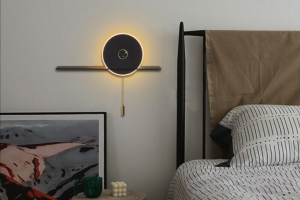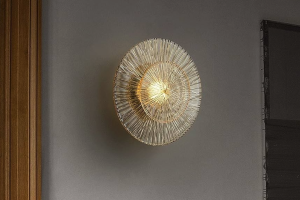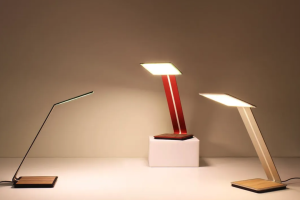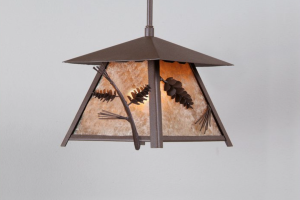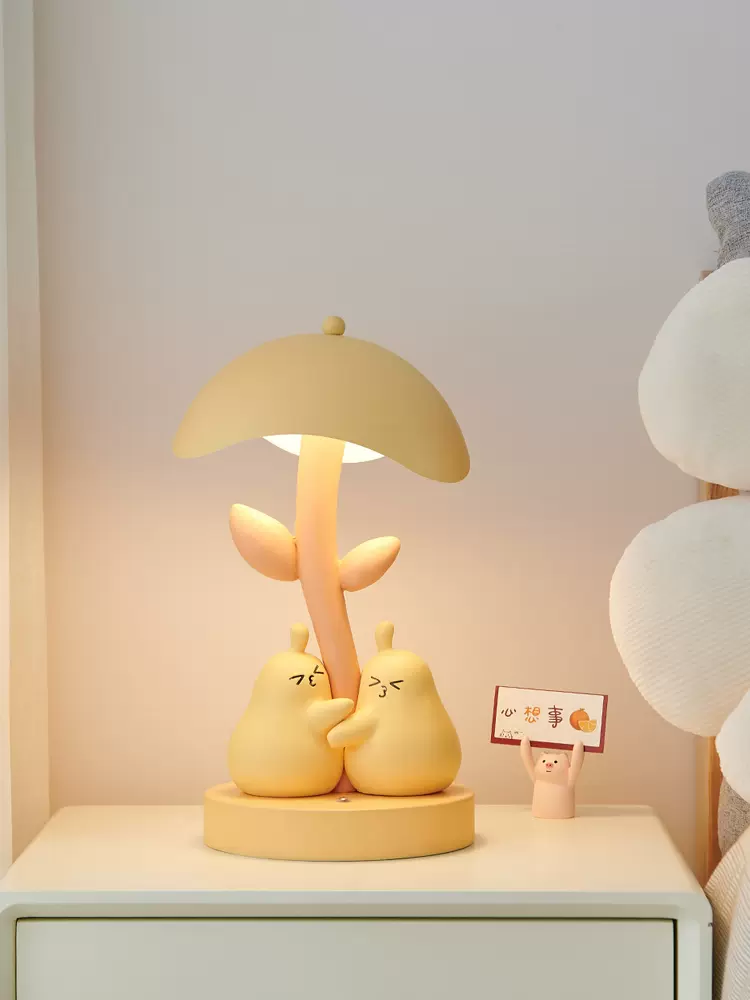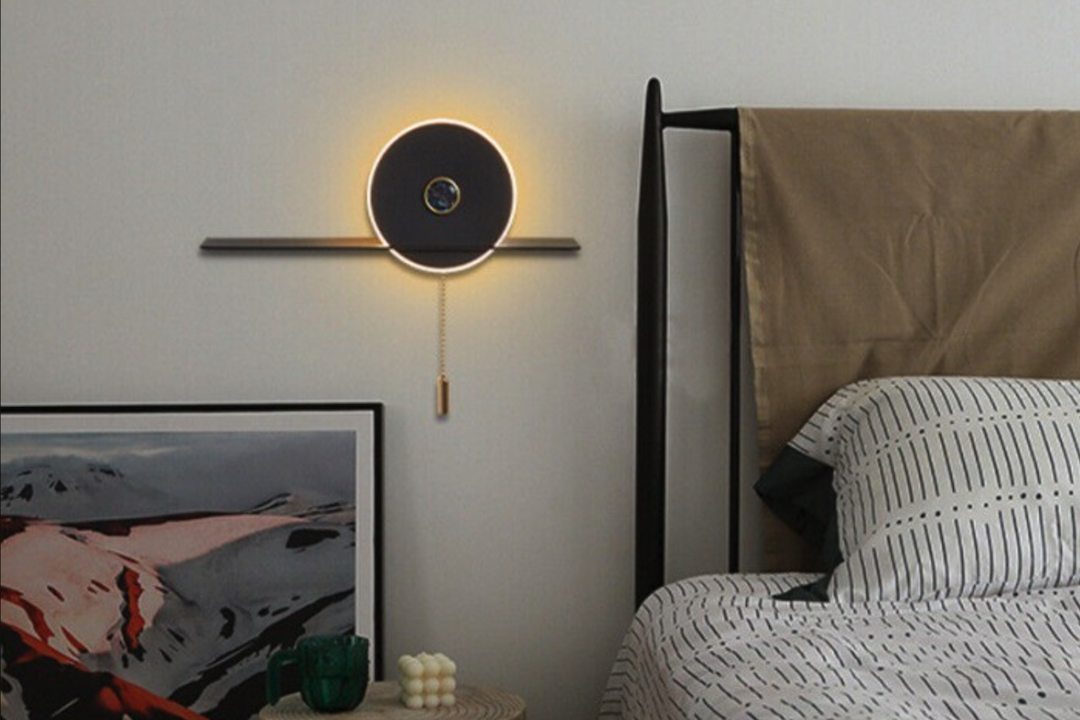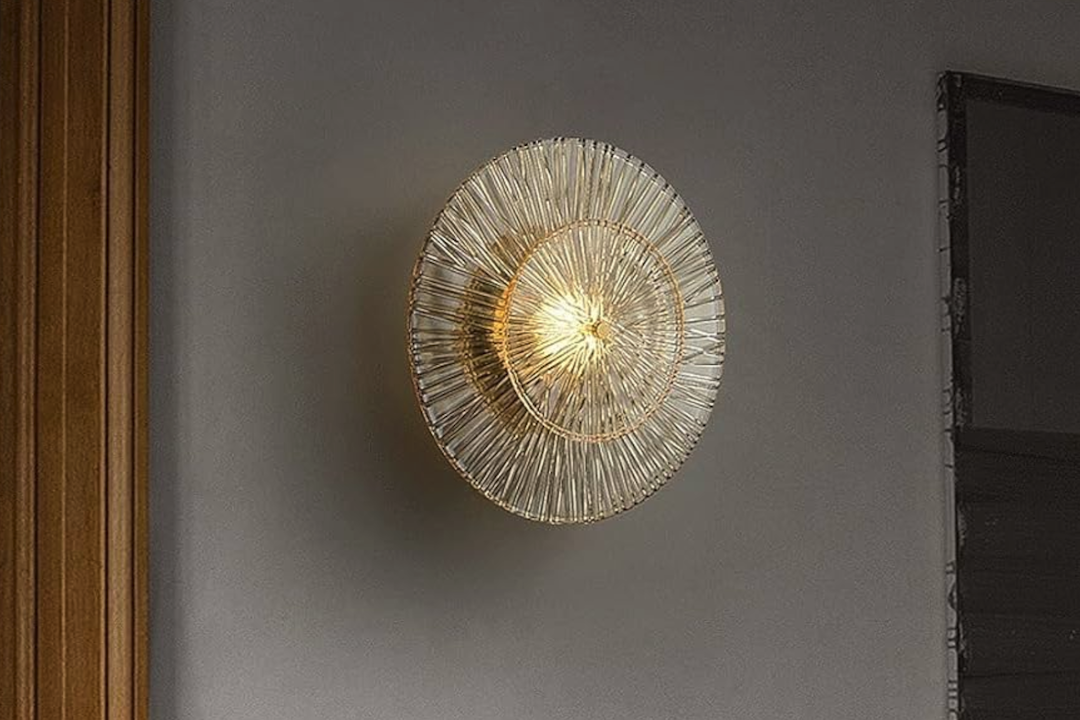Selecting the appropriate size and height for lighting fixtures is crucial in achieving a harmonious balance within a space. The dimensions of a light fixture should complement the scale of the room and the furniture within it. For instance, in a dining room, a chandelier that is too small may appear lost in the vastness of the space, while one that is excessively large can overwhelm the table and make the area feel cramped.
A general guideline for dining room chandeliers suggests that the diameter should be approximately one-half to two-thirds the width of the table. This ensures that the fixture is proportionate and visually appealing. Height is another critical factor to consider when installing light fixtures.
For example, pendant lights above a kitchen island should typically hang between 30 to 36 inches above the countertop. This height allows for adequate illumination while ensuring that the fixture does not obstruct sightlines or create an uncomfortable environment. In contrast, wall sconces should be mounted at eye level, generally between 60 to 66 inches from the floor, to provide optimal lighting without being intrusive.
By carefully considering both size and height, one can create a well-lit space that feels cohesive and thoughtfully designed.
Matching Your Decor and Style
The aesthetic of your lighting fixtures should seamlessly integrate with your overall decor and style. Whether your home embodies a modern, traditional, or eclectic vibe, the right lighting can enhance and elevate your design choices. For instance, in a contemporary setting characterized by clean lines and minimalistic decor, sleek metal fixtures with geometric shapes can serve as striking focal points.
On the other hand, in a rustic or farmhouse-style home, fixtures made from reclaimed wood or wrought iron can add warmth and character, complementing the natural elements present in the space. Moreover, it is essential to consider the finish of your lighting fixtures in relation to other elements in the room. A polished brass chandelier can beautifully contrast with matte black cabinetry in a kitchen, creating a sophisticated yet inviting atmosphere.
Similarly, if your decor features a lot of soft textures and muted colors, opting for lighting with a soft glow or warm finish can enhance the overall ambiance. By thoughtfully matching your lighting to your decor style, you can create a cohesive look that reflects your personal taste while ensuring functionality.
Incorporating Functionality
Functionality is a key aspect of lighting design that often goes overlooked. Beyond aesthetics, lighting must serve practical purposes tailored to the specific needs of each room. In workspaces such as home offices or kitchens, task lighting is essential for providing focused illumination where it is needed most.
For example, under-cabinet lights in a kitchen can illuminate countertops for food preparation, while adjustable desk lamps can help reduce eye strain during long hours of work. In contrast, ambient lighting plays a vital role in creating an overall sense of comfort and warmth in living areas. Ceiling-mounted fixtures or floor lamps can provide general illumination that fills the room without being harsh or glaring.
Additionally, incorporating dimmers into your lighting scheme allows for greater control over brightness levels, enabling you to adjust the mood according to different activities or times of day. By prioritizing functionality alongside aesthetics, you can ensure that your lighting not only looks good but also enhances the usability of your space.
Utilizing Different Light Sources
A well-designed lighting scheme often incorporates multiple light sources to create depth and dimension within a room. Relying solely on one type of lighting can lead to flatness and an uninviting atmosphere. Instead, layering different types of light—ambient, task, and accent—can transform a space into a dynamic environment that caters to various needs and moods.
For instance, in a living room, ambient lighting can be provided by ceiling fixtures or recessed lights, while table lamps Nnnuu or floor lamps serve as task lighting for reading or other activities. Accent lighting can be introduced through wall sconces or spotlights that highlight artwork or architectural features. This combination not only enhances functionality but also adds visual interest by creating shadows and highlights throughout the room.
By thoughtfully utilizing different light sources, you can achieve a balanced and inviting atmosphere that adapts to various occasions.
Adding a Pop of Color or Texture
Incorporating color or texture into your lighting fixtures can serve as an effective way to inject personality into your space. Lighting does not have to be purely functional; it can also be an artistic statement that reflects your style. For example, a vibrant pendant light in a bold hue can act as a striking focal point in an otherwise neutral kitchen or dining area.
This splash of color can energize the space and draw attention to specific areas. Texture is another element that can enhance the visual appeal of lighting fixtures. A glass pendant with intricate patterns or a woven rattan shade can add depth and interest to a room’s design.
Textured materials can also play with light in unique ways, casting interesting shadows and creating an inviting atmosphere. By thoughtfully selecting fixtures that incorporate color or texture, you can elevate your decor while ensuring that your lighting remains an integral part of your overall design narrative.
Considering Energy Efficiency
In today’s environmentally conscious world, energy efficiency has become an essential consideration when selecting lighting fixtures. The shift towards LED technology has revolutionized how we approach lighting design, offering significant benefits in terms of energy consumption and longevity. LED bulbs use up to 80% less energy than traditional incandescent bulbs while providing comparable brightness levels.
This not only reduces electricity bills but also minimizes environmental impact. When choosing fixtures, look for those designed specifically for LED compatibility or those that come with integrated LED technology. Additionally, consider smart lighting options that allow for remote control and scheduling, further enhancing energy efficiency by ensuring lights are only on when needed.
By prioritizing energy-efficient solutions in your lighting design, you contribute to sustainability efforts while enjoying long-term cost savings.
Creating a Cozy Ambiance
The ability to create a cozy ambiance through lighting cannot be overstated. Soft, warm light has an innate ability to evoke feelings of comfort and relaxation, making it ideal for spaces such as bedrooms and living rooms where unwinding is essential. To achieve this effect, consider using warm-toned bulbs (around 2700K) that emit a gentle glow rather than harsh white light.
Layering different types of lighting also plays a significant role in establishing a cozy atmosphere. Incorporating dimmable fixtures allows you to adjust brightness levels according to your mood or activity—whether it’s hosting friends for dinner or curling up with a book on a quiet evening. Additionally, using lampshades made from fabric or textured materials can diffuse light softly throughout the room, further enhancing warmth and comfort.
By focusing on creating a cozy ambiance through thoughtful lighting choices, you can transform any space into an inviting retreat.
Mixing and Matching with Other Lighting Fixtures
The art of mixing and matching different lighting fixtures can lead to an eclectic yet cohesive design that showcases personal style. Rather than adhering strictly to one type or finish of fixture throughout your home, consider combining various styles to create visual interest and depth. For example, pairing modern pendant lights with vintage-inspired sconces can create an intriguing contrast that highlights both elements.
When mixing fixtures, it’s essential to maintain some level of consistency—whether through color palettes or materials—to ensure that the overall look remains harmonious. For instance, if you choose brass finishes for some fixtures, incorporating other brass elements throughout the space can tie everything together beautifully. Additionally, varying heights and shapes among fixtures can add dimension while preventing monotony.
By embracing the concept of mixing and matching lighting fixtures, you can curate a unique aesthetic that reflects your individuality while enhancing the overall design of your home.


